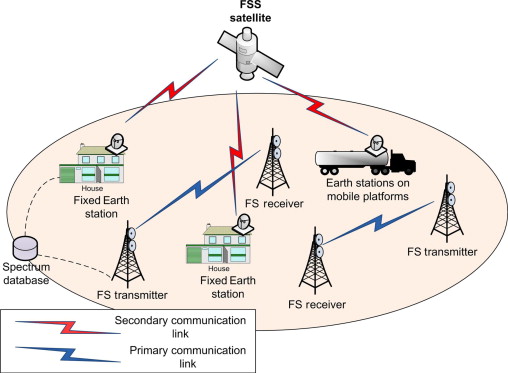Ka-Band Satcom (Satellite Communications)
Jump to navigation
Jump to search

Ka-band satellite communications (satcom) utilizes frequencies between 26.5 and 40 GHz, offering high data rates and bandwidth for applications like broadband internet and video streaming, and is known for enabling smaller, more efficient satellite terminals.
Here's a more detailed explanation:
Frequency Range
Ka-band sits at the higher end of the microwave spectrum, specifically between 26.5 and 40 gigahertz (GHz).
Advantages
- High Data Rates: Ka-band's wider bandwidth allows for significantly higher data transmission speeds compared to lower frequency bands like C-band and Ku-band.
- Increased Capacity: The increased bandwidth enables the transmission of larger amounts of data, making it ideal for data-intensive applications.
- Smaller Antennas: The shorter wavelengths of Ka-band signals allow for the use of smaller satellite terminals and antennas compared to other bands.
- Targeted Coverage: Ka-band supports smaller, more focused spot beams, leading to more efficient use of the spectrum and reduced interference.
Applications
- Broadband Internet: Ka-band is used for providing high-speed internet access, especially in areas where terrestrial infrastructure is limited.
- Video Streaming: The high data rates of Ka-band make it suitable for delivering high-definition video content via satellite.
- Enterprise and Government Data Services: Ka-band is used for providing secure and reliable data transmission for businesses and government agencies.
- 5G and Mobile Networks: Ka-band frequencies are also considered for future 5G and other mobile network technologies.
Examples of Ka-Band Satellites
- Inmarsat I-5 system
- ViaSat 1, 2, and 3 satellites
- SpaceX Starlink system
- SES O3b system
- Amazon's Project Kuiper
Challenges
- Rain Attenuation: Ka-band signals are more susceptible to rain attenuation than lower frequency bands, which can lead to signal degradation during heavy rain.
